One region, lots of wines
The Abruzzo region has, since ancient times, been a land renowned for its indigenous grapes and special wines. This 'generous, strong and gentle' land is mainly to thank for its peculiar pedo-climatic conditions and different microclimates, the conformation of its territory (mountains, hills and coast) and its geomorphological characteristics. In fact, Abruzzo's soil is basically made up of sandstone, gypsum and rocks from volcanic ash and the hills, in particular, are formed of sandstone and clay-limestone.
The Latin poet Ovid (43 B.C.-17 A.D.), a native of Sulmona, wrote in the second book of his collection of love elegies 'Amores': 'I am at Sulmona, the third department of the Peligna countryside, a small land but salubrious because of the waters that irrigate it... a land fertile with wheat and much more fertile with grapes'. By speaking of 'grapes' and not 'grapes', Ovid was certainly alluding to the various different types and the excellent quality of the product.
It follows that, even then, there were good reasons for the Peligna Valley to be made world famous for its wines. In the last quarter of a century, Abruzzi wine-growing has reached the top of the national and international wine sector; this is due to the qualitative improvement of production and less emphasis on sheer quantity.
The main indigenous grape varieties cultivated in the Abruzzi region are the famous Montepulciano d'Abruzzo, the prestigious Trebbiano d'Abruzzo (Bombino Bianco), the desirable Passerina, the ambiguous Pecorino (shares its name with the well-known cheese), the very personal Montonico Bianco, the versatile Cococciola and the ancient Biancame.

 IT
IT EN
EN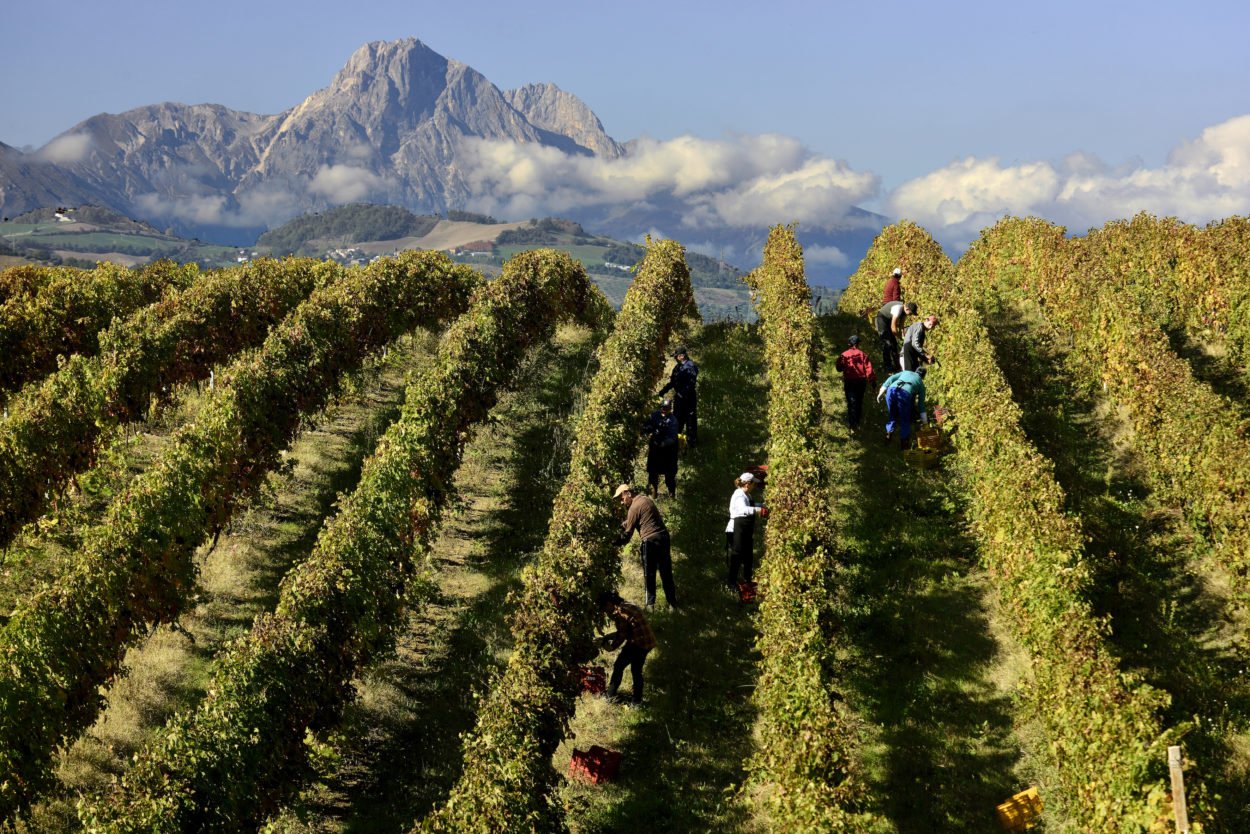
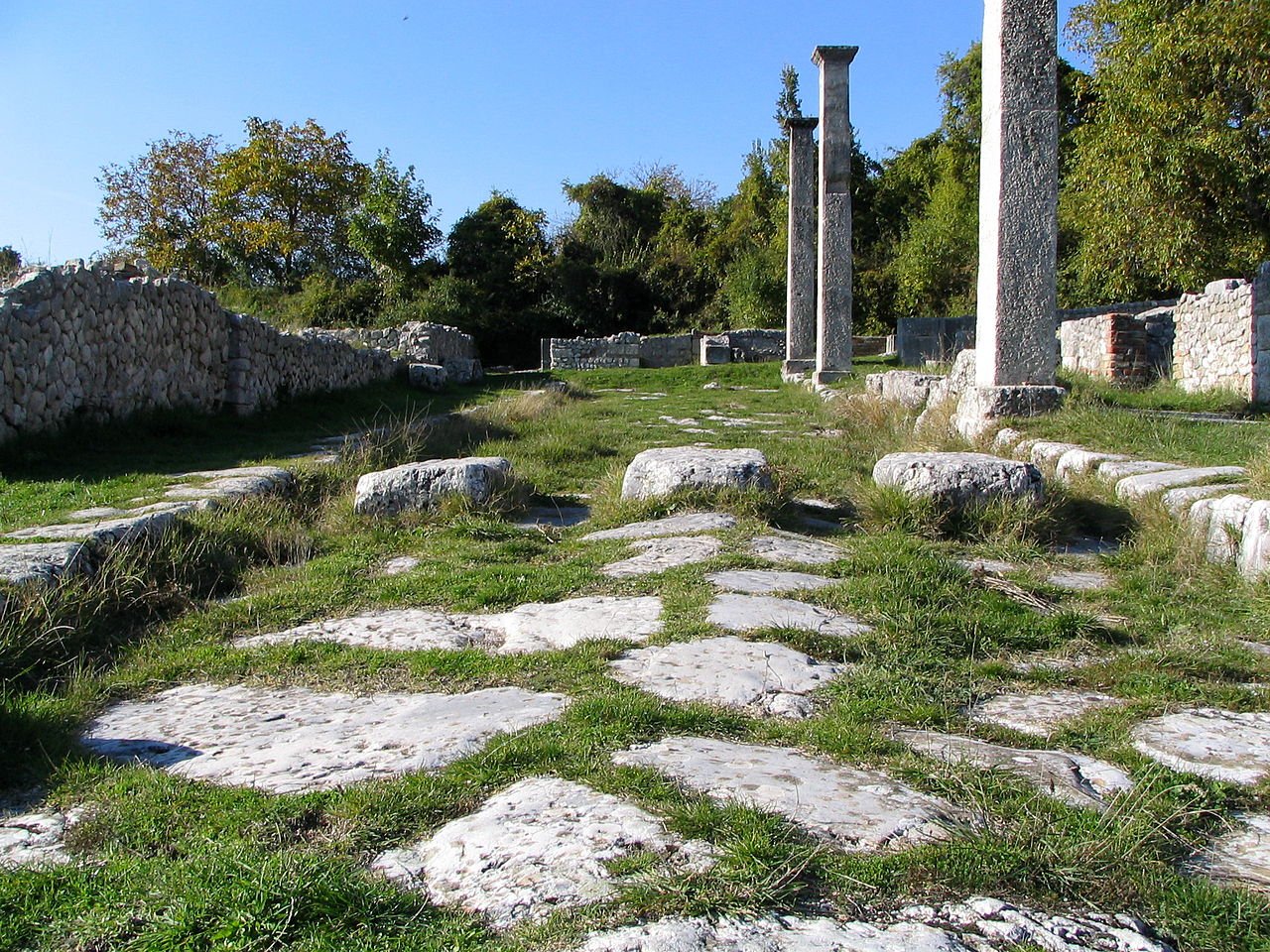
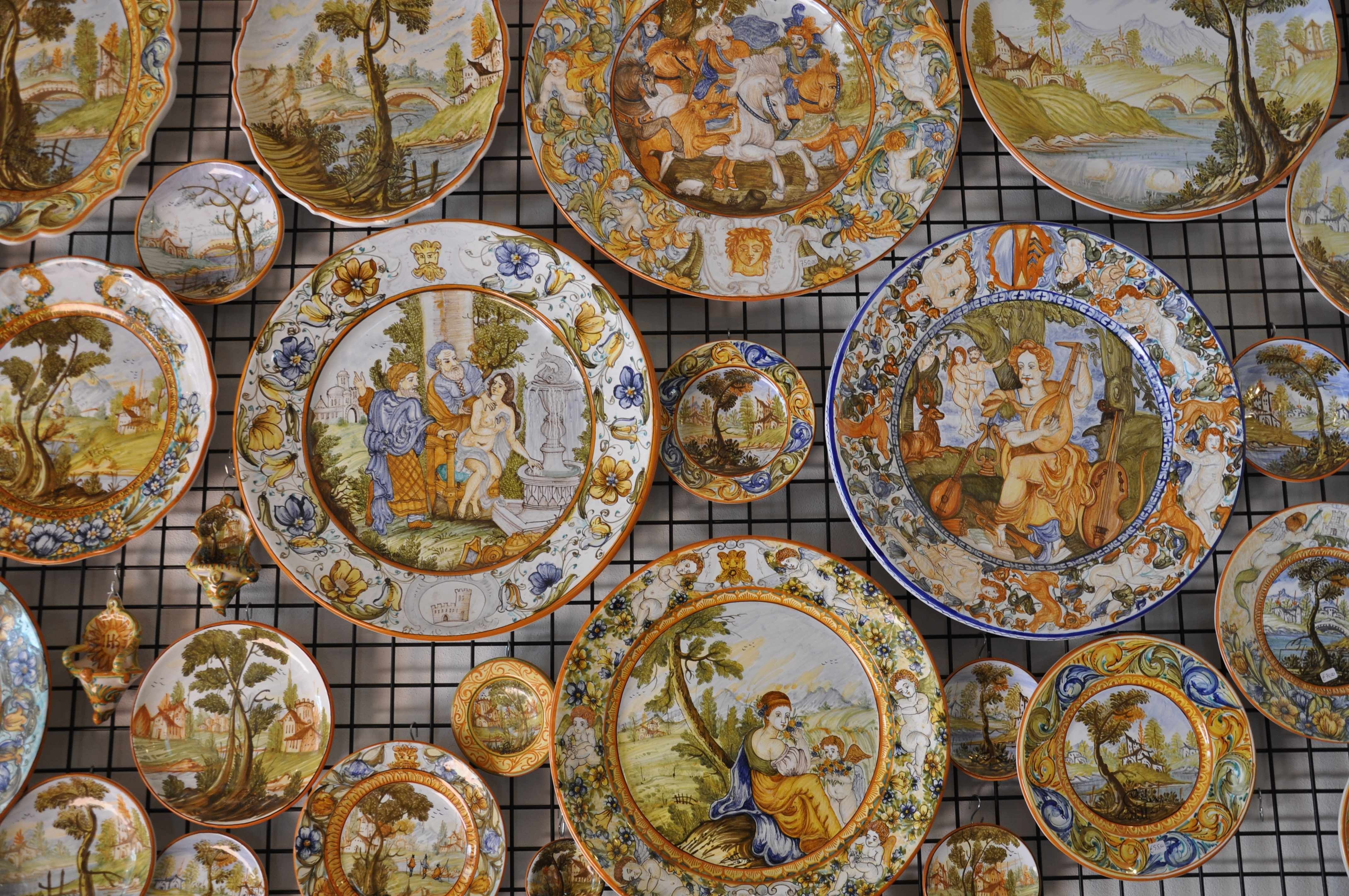

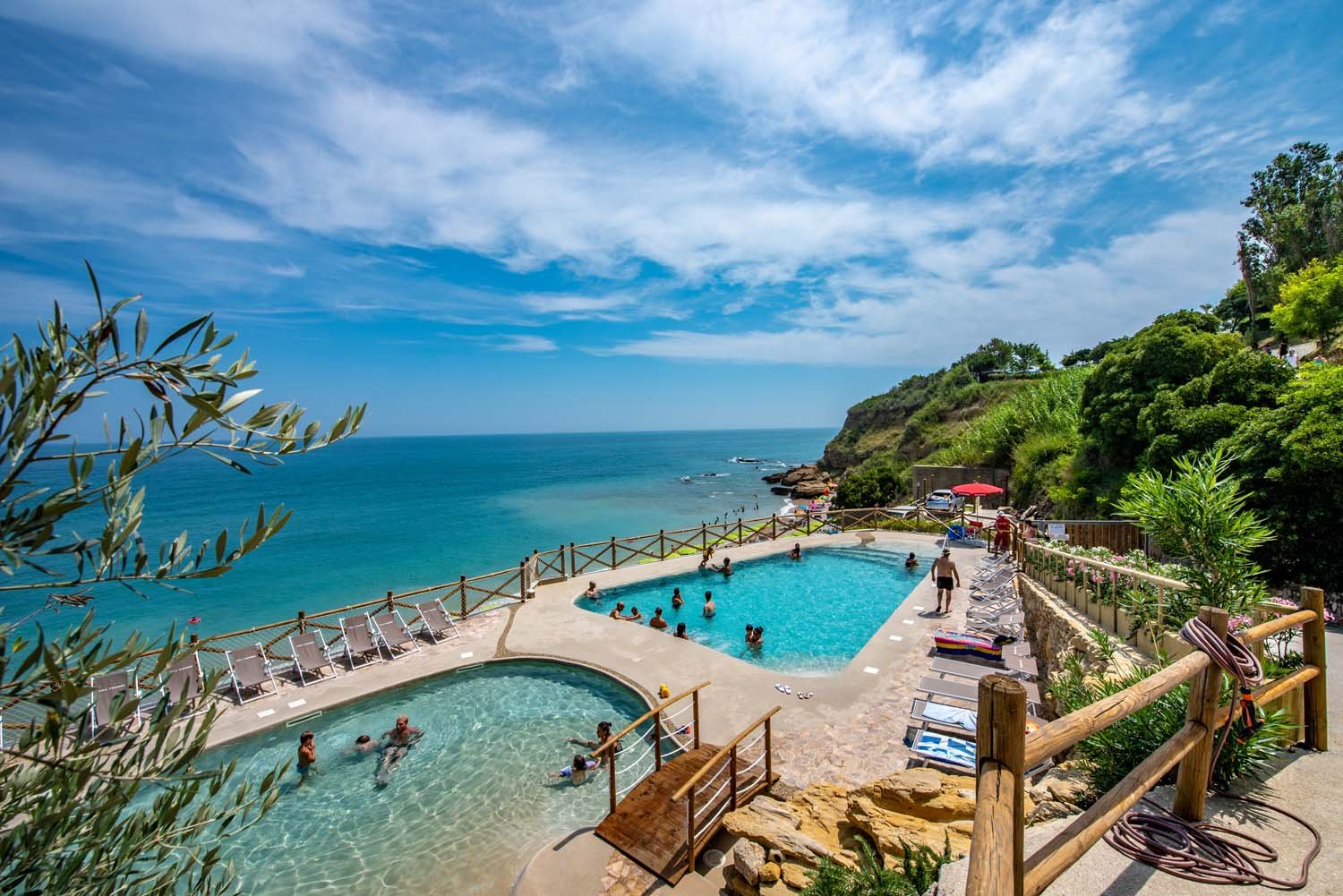

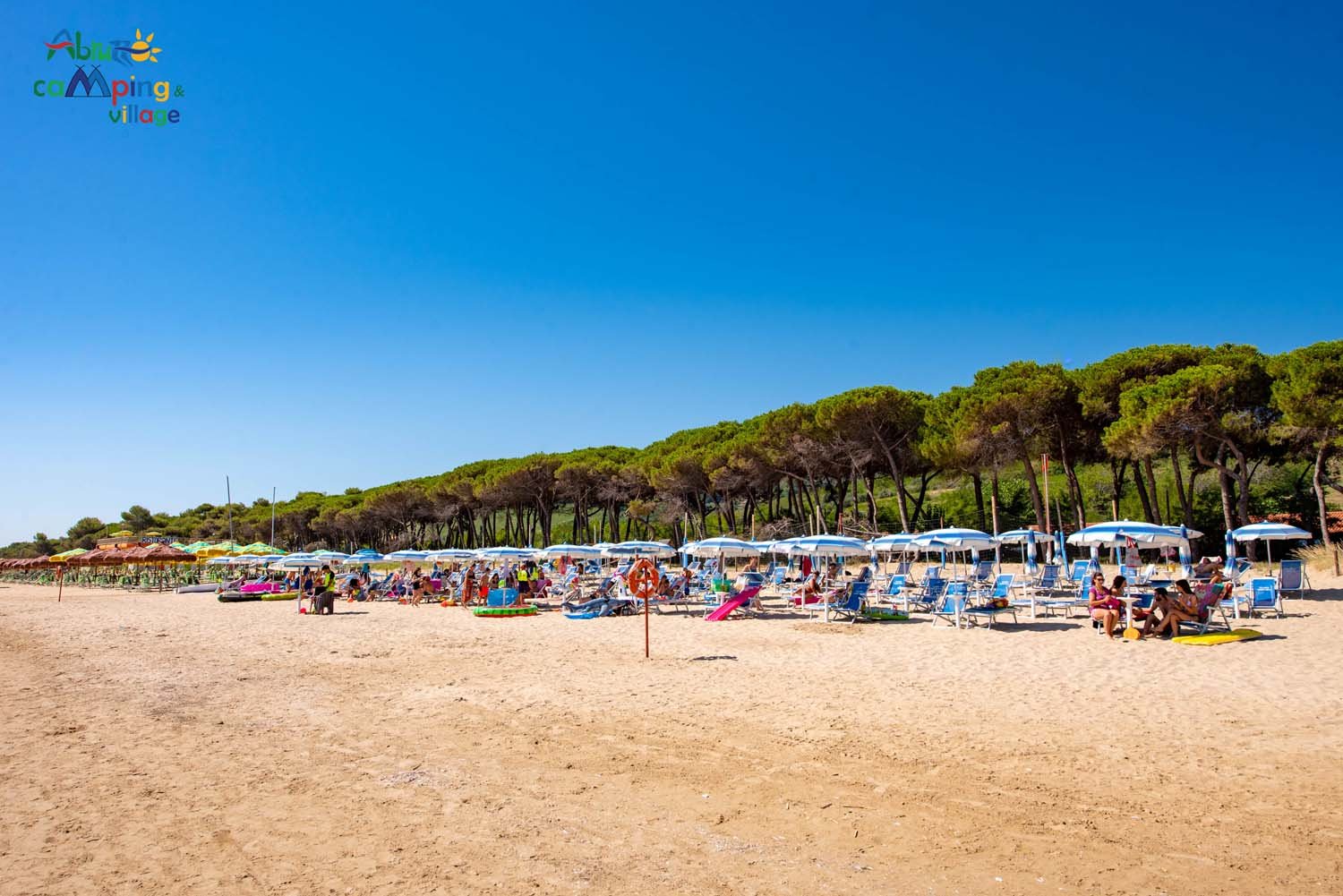
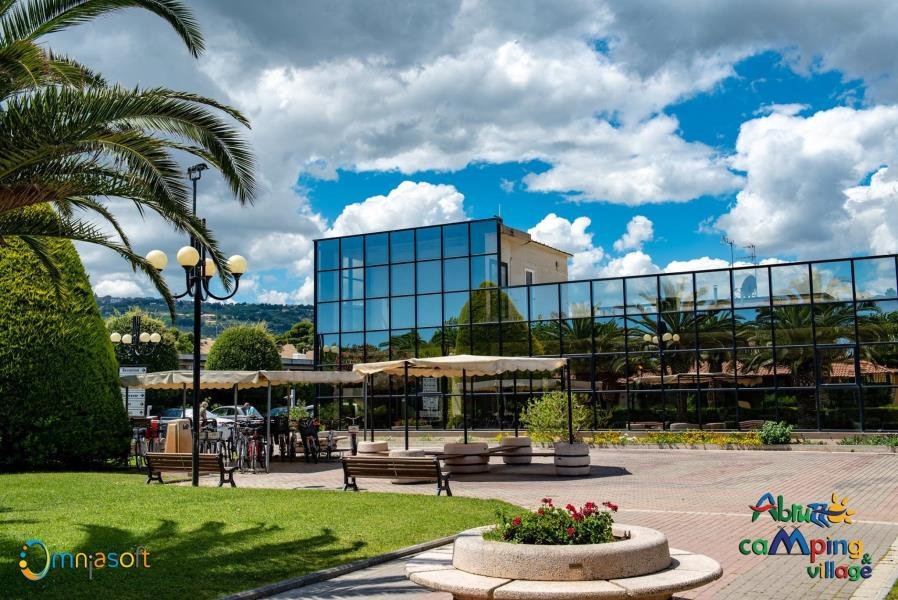

 DE
DE